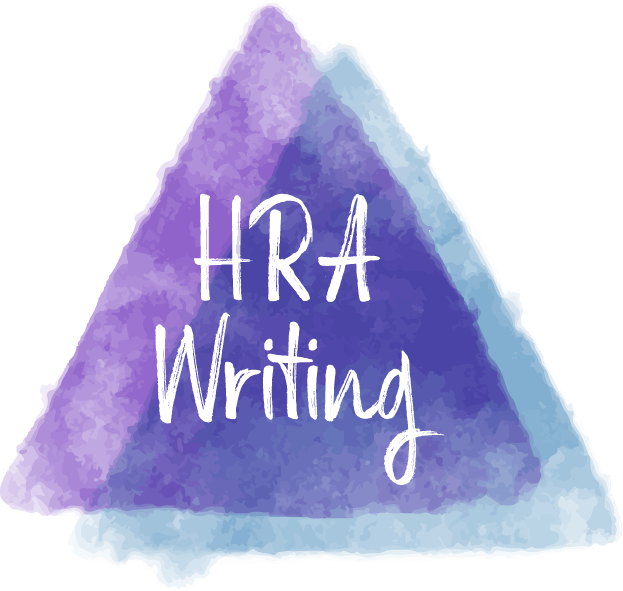Avoiding certain words and phrases that are considered insensitive in health writing is crucial because language has the power to shape perceptions, impact self-esteem, and either support or marginalise individuals.
Insensitive language can perpetuate stigma, create emotional harm, or alienate readers who are navigating health challenges. This article takes a deeper look into why we should avoid insensitive terms and what to use instead, with a focus on fostering inclusivity, respect, and compassion.
Why Language Choice Is Important In Health Writing
Language choice is critical in health writing because it directly affects how the audience receives, understands, and acts upon information. The words and phrases used in health communication can empower or discourage individuals, foster understanding or create confusion, and support health equity or reinforce stigma.
Using respectful, accurate, and inclusive language builds trust between the reader and the writer. People are more likely to engage with content when they feel understood and not judged.
Positive and supportive language can inspire people to adopt healthier behaviours, while fear-based or negative language may provoke anxiety and reduce their willingness to act.

Insensitive Words and Phrases
Insensitive language often defines individuals by their health condition or diagnosis rather than seeing them as full, complex people. Language alienating or excluding people can widen gaps in health literacy and access to care.
1. “Crazy” or “Insane”
These terms have long been used to describe individuals with mental health conditions, often in a dismissive or pejorative way. Using words like “crazy” trivialises mental illness and reinforces stigma, making it harder for individuals to seek help without feeling judged.
- Instead of: Crazy, insane
- Use: Person experiencing a mental health crisis, person with a mental health condition
2. “Victim” or “Suffering From”
Referring to someone as a “victim” or saying they are “suffering from” a condition paints them as passive and powerless. This language can disempower individuals and reduce their experience to one of misery. Person-first, empowering language highlights their agency in managing their condition.
- Instead of: Victim of cancer, suffering from depression
- Use: Person with cancer, person managing depression
3. “Obese” or “Overweight”
While “obese” is a medical term, using it in health communication without care can stigmatise individuals with larger bodies. It reduces their identity to their weight, which can contribute to negative feelings and discourage positive health behaviours. Focusing on behaviours and health outcomes, rather than labelling, can create a more supportive environment for change.
- Instead of: Obese person, overweight individual
- Use: Person with obesity, person living with overweight
4. “Clean” or “Dirty” (in Relation to Substance Use)
Referring to individuals recovering from substance use disorders as being “clean” after treatment implies that when they were using substances, they were “dirty,” which is dehumanising. It creates a moral judgement around addiction, which is a medical condition.
- Instead of: Clean, dirty (drug test)
- Use: Person in recovery, person with a negative/positive drug test result
5. “Normal” vs. “Abnormal”
Using the word “normal” to describe certain health outcomes can imply that those outside that range are abnormal, which can marginalise those with disabilities, chronic conditions, or other health variations. Health is a spectrum, and framing conditions in neutral, descriptive terms is more inclusive.
- Instead of: Normal behaviour, abnormal development
- Use: Typical behaviour, atypical development
6. “Handicapped” or “Disabled”
While terms like “handicapped” and “disabled” are often used in health contexts, they can place the focus on limitations rather than abilities. Person-first language—emphasising the person before the condition—helps avoid this issue. Additionally, “disabled” can be used appropriately if a person self-identifies that way, but context and sensitivity matter.
- Instead of: Handicapped, disabled
- Use: Person with a disability, person with mobility challenges
7. “Failed” (in Context of Treatment or Recovery)
Saying that a person has “failed” treatment or a program for recovery can be damaging to their self-esteem and mental health. It suggests that the individual is personally responsible for the outcome, whereas health conditions and treatments are often complex and multifaceted. Using neutral or supportive language reframes the conversation around progress and the need for different approaches.
- Instead of: Failed treatment, relapsed
- Use: Treatment was not effective, experienced a recurrence of symptoms
8. “Committed Suicide”
The phrase “committed suicide” carries connotations of criminality or moral wrongdoing, rooted in outdated views of suicide. It is more appropriate to use neutral or compassionate language that recognises the mental health struggles involved.
- Instead of: Committed suicide
- Use: Died by suicide, took their own life
9. “Invalid” or “Impaired”
Terms like “invalid” can dehumanise individuals with disabilities, while “impaired” suggests a deficiency. These words focus on limitations rather than the person’s experience or strengths. In many cases, it’s better to describe the specific condition and its impact on the person’s life in a more neutral way.
- Instead of: Invalid, impaired
- Use: Person with a disability, person with hearing or vision loss
General Guidelines

Health communication aims to be clear, compassionate, and inclusive. Here are some guiding principles for choosing sensitive language:
- Person-first language: Always put the person before the condition (e.g., “person with diabetes” rather than “diabetic”).
- Neutral descriptions: Avoid language that moralises or places blame. Focus on the facts of the condition and the person’s experience.
- Empowerment over pity: Use language that respects the autonomy of individuals rather than casting them as victims or helpless.
By being mindful of language choices, health writers can promote a more compassionate and supportive dialogue around health conditions, helping individuals feel seen and understood.
Apply these Tips to Your Content
While the above list is in no way exhaustive, it provides a strong foundation for writing clear, compassionate, and inclusive content. These principles can be applied to a wide range of health topics and adapted for different audiences, ensuring that the message is respectful, empowering, and easy to understand.
If you’re looking for a writer who understands best practices for sensitive language, get in touch today. Let’s collaborate on your content needs! Email me or book a free, zero-pressure discovery call to explore the possibilities together.
If you’ve found this useful, feel free to fuel my caffeine addiction at Ko-fi

